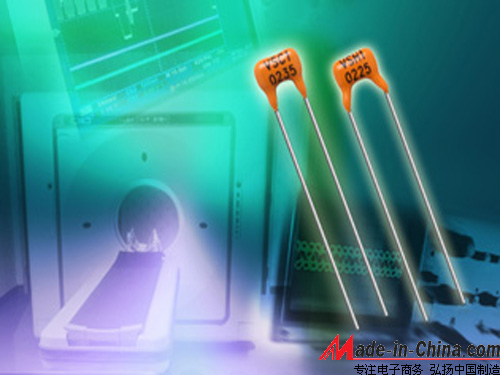 Resistors are the most used components in all electronic circuits. The main physical characteristic of a resistor is that the variable electrical energy is thermal energy. It can also be said to be an energy-consuming element through which electrical current generates thermal energy. Resistors usually act as a voltage divider in the circuit. For signals, AC and DC signals can pass through resistors.
Resistors are the most used components in all electronic circuits. The main physical characteristic of a resistor is that the variable electrical energy is thermal energy. It can also be said to be an energy-consuming element through which electrical current generates thermal energy. Resistors usually act as a voltage divider in the circuit. For signals, AC and DC signals can pass through resistors. The resistance has a certain resistance, which represents the resistance of this resistor to the current flow. The unit of resistance is ohms, represented by the symbol "Ω." Ohm is defined such that when a voltage of 1 volt is applied across a resistor, if there is 1 amp current in this resistor, then the resistance of this resistor is 1 ohm. Out of ohms, there are thousands of ohms (KΩ, MΩ, etc.) in the resistors.
The electrical performance of resistors usually has nominal resistance, error, and rated power. In addition to power, there is not much stress. If today I say that this small resistance, many senior electronic engineers do not necessarily know how to use it.
When selecting resistors, if we avoid the special applications of high-frequency circuits, we generally consider only the power of the resistors. For ordinary engineers, as long as they can select the appropriate power through the current flowing through the resistors, they can be counted as qualified if they can be considered. Instantaneous power can be considered a good engineer. But to be able to use resistors correctly, it is not enough to do both. Last year, Vishay Intertechnology introduced a sub-baseline, hermetically-filled Bulk Metal foil resistor -- the H and HZ series, which set new industry benchmarks for accuracy, stability, and speed. The new H and HZ series have a tolerance of 0.001% (10ppm), a resistance range of 5Ω to 1.84MΩ, and a plant life stability of up to 2ppm (±0.0002%) for at least 6 years (without moisture). The rise time is less 1ns. The maximum TCR of the H series is ±2ppm/°C, and the maximum TCR of the Z-Foil HZ series is only ±0.2ppm/°C. This innovation unveiled a page in the emerging field of resistance. Since then, some electronic components companies have introduced new types of resistors that are widely used in the industrial, computing, automotive, consumer, telecommunications, military, aerospace and medical markets. Various types of electronic devices.
Wireless Transmitting Radio,Transmitting Radio
Maikesen Technology Co., Ltd. , http://www.sz-speaker.com